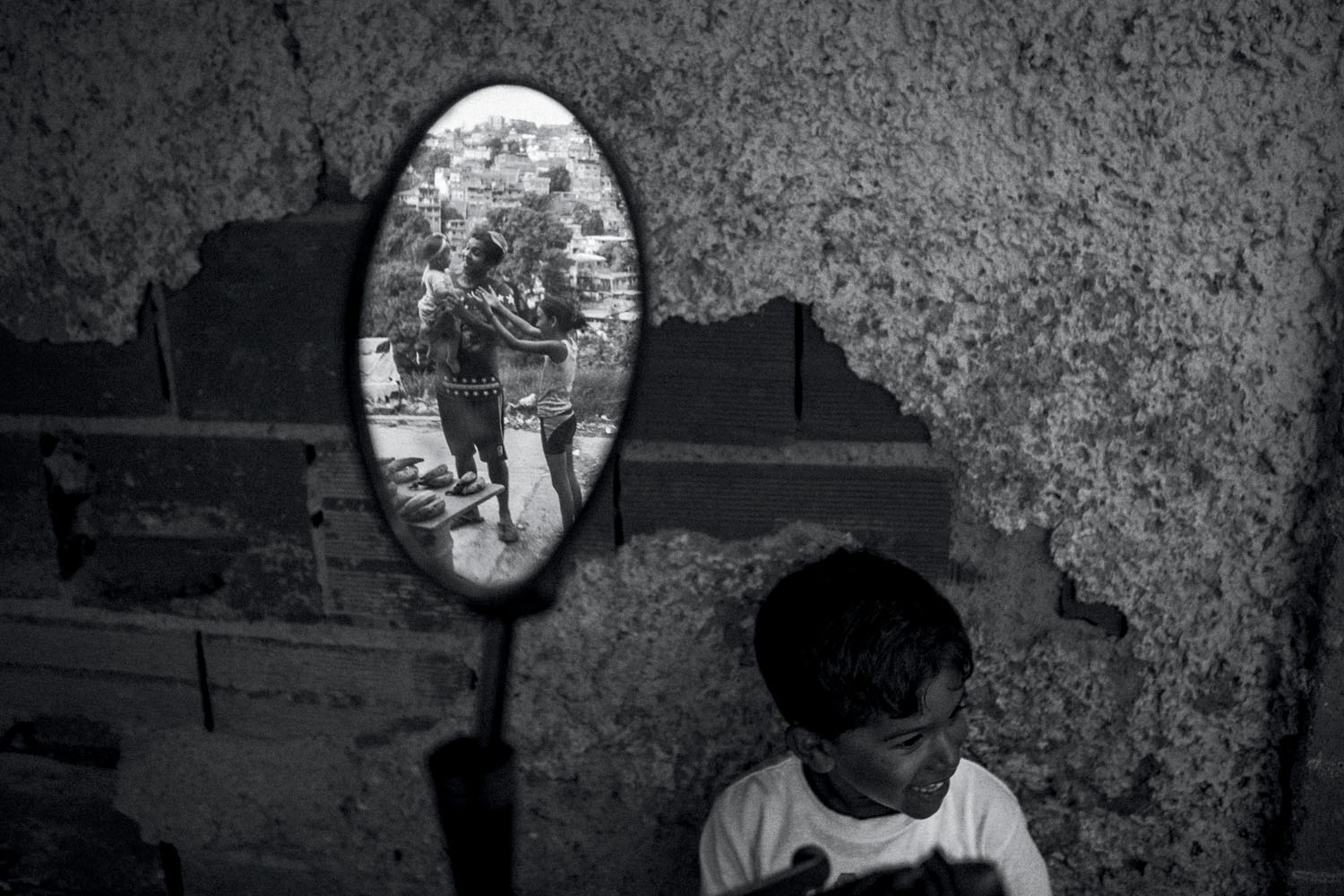Image


You should really subscribe now!
Or login if you already have a subscription.
Fabiola Ferrero is a photographer and journalist based in Caracas, Venezuela. She is part of the VII Mentor Program and a Magnum Foundation Fellow. Her work has been featured in TIME, the Wall Street Journal, Le Monde, Bloomberg Businessweek, and elsewhere. Her many honors include the Documentary Project Fund’s...